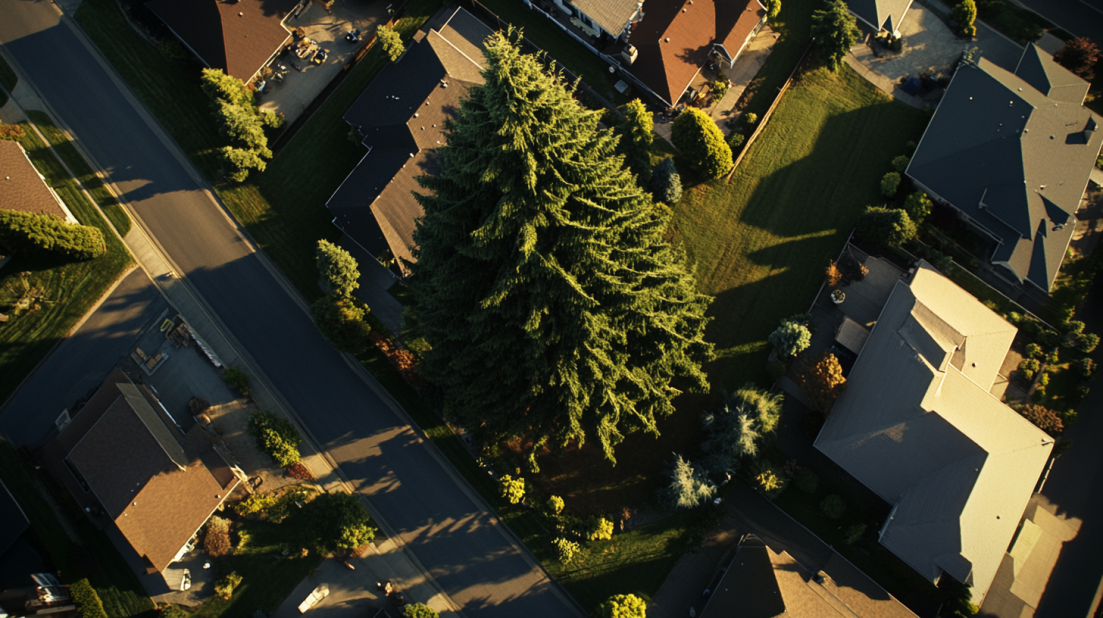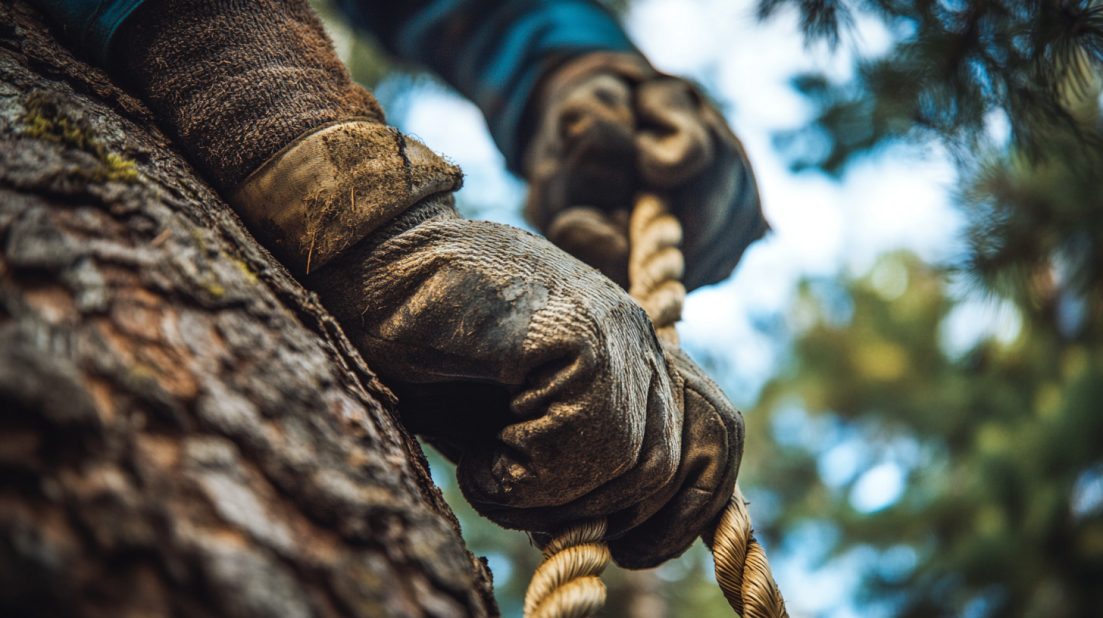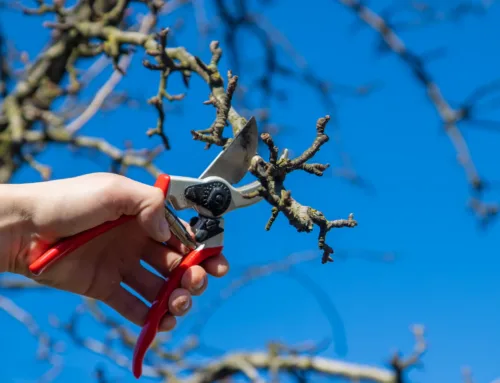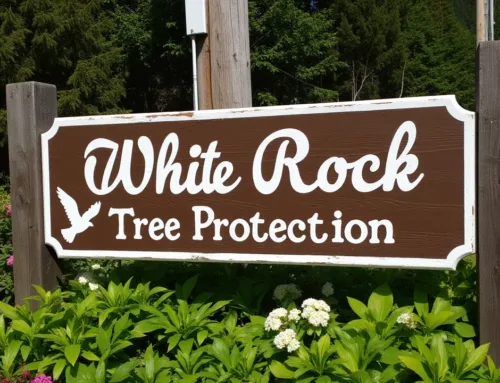The Art and Science of Tree Removal

Urban trees often reach impressive heights, becoming iconic fixtures in neighborhoods. However, when these giants pose safety risks or interfere with infrastructure, removal becomes necessary. This article explores the intricate process of removing a 100ft fir tree from a crowded residential area, highlighting the expertise and precision required by professional arborists.
Site Assessment and Planning
Before any chainsaw revs up, arborists conduct a meticulous site assessment. They evaluate the fir tree’s health, structural integrity, and potential hazards. The surrounding area – homes, power lines, and other structures – is carefully mapped. Soil conditions and root spread are analyzed to anticipate challenges during removal. Weather patterns are considered, as wind can significantly impact the operation’s safety.
With this comprehensive information, arborists craft a detailed removal plan. This blueprint outlines every step of the process, from initial cuts to final cleanup. It’s a crucial document that ensures efficiency and, most importantly, safety for the team and surrounding property.
Safety Measures and Equipment Preparation
Safety isn’t just a priority in tree removal – it’s the foundation of every operation. Arborists establish a secure perimeter around the worksite, using barriers and warning signs to keep bystanders at a safe distance. The team undergoes a thorough briefing, covering the removal plan, individual responsibilities, and emergency procedures.
Personal protective equipment (PPE) is inspected with utmost care. Helmets, safety glasses, cut-resistant clothing, and sturdy boots are essential for each team member. Equally important is the preparation of specialized equipment. Climbing gear – ropes, harnesses, and carabiners – is meticulously checked. Chainsaws of various sizes are sharpened and fueled. For a tree of this magnitude, heavy machinery like cranes or bucket trucks might be necessary to reach the uppermost branches safely.
Pruning and Limb Removal
With preparations complete, the arborists begin their ascent. Secured by robust harnesses and ropes, they start the methodical process of dismantling the fir from the top down. Smaller branches are removed first, creating space for larger limb removal.
As they encounter heftier branches, the true artistry of the trade becomes evident. Each significant limb is carefully assessed, its weight and fall trajectory calculated. Using specialized rigging techniques, these branches are secured before cutting. Once severed, they’re gently lowered to the ground using a system of ropes and pulleys. This precision prevents damage to surrounding structures and landscaping.

Trunk Removal
After the branches are cleared, the imposing trunk of the fir stands alone. In a residential setting like this, felling the entire trunk in one piece is rarely an option. Instead, arborists employ a technique called sectional dismantling.
Starting from the top, they secure a section of the trunk – typically 6 to 8 feet in length. With practiced skill, they make precise cuts to separate this section. Using a complex rigging system, the cut portion is carefully lowered to the ground. This process is repeated, gradually reducing the height of the trunk until only the stump remains.
Stump Removal and Site Restoration
The final phase of removal focuses on the stump and roots. In most residential cases, stump grinding is the preferred method. A powerful machine grinds the stump and major roots into wood chips, effectively removing the tree’s last visible traces.
After grinding, the site undergoes thorough cleanup and restoration. All debris – branches, wood chips, and sawdust – is meticulously removed. The affected area is raked and leveled, often with topsoil added to fill the space left by the stump. In many cases, arborists provide guidance on landscaping options, helping to restore the area’s aesthetic appeal.
Environmental Considerations and Community Impact
Professional arborists understand that tree removal, especially of a long-standing giant like this fir, has environmental and community impacts. They often take steps to mitigate these effects. Wood waste might be recycled as mulch or firewood. If appropriate and safe, a portion of the trunk could be left as a wildlife snag, providing habitat for local fauna.
Clear communication with the client and neighbors throughout the process is crucial. Arborists explain each step, provide progress updates, and address concerns promptly. They also ensure compliance with local regulations, obtaining necessary permits and adhering to noise ordinances and work hour restrictions.
The removal of a 100ft fir from a crowded residential area is a testament to the skill, planning, and respect for safety that professional arborists bring to their work. It’s a process that combines raw physical effort with precise calculations and a deep understanding of tree biology and physics. When done correctly, it ensures the safety of people and property while demonstrating respect for the urban environment and the vital role trees play in our communities.


